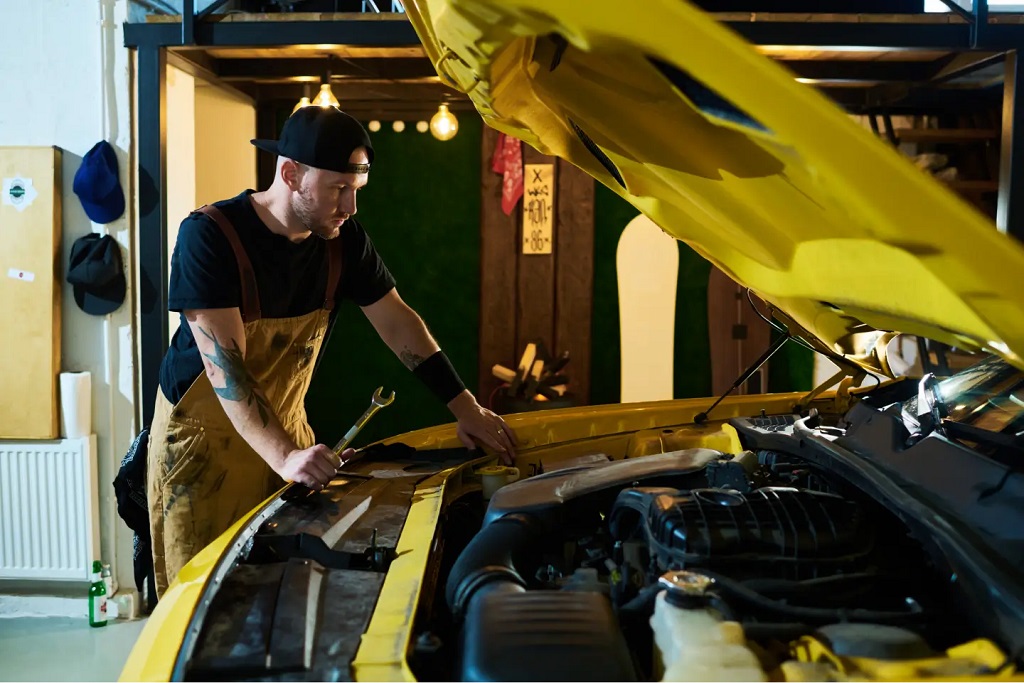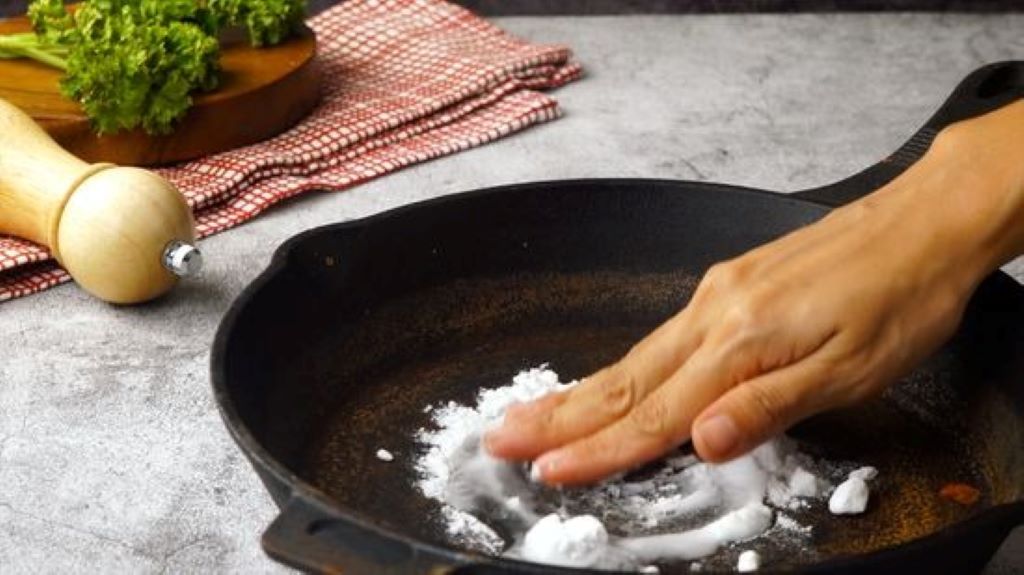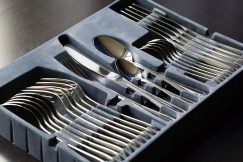Why Garage Door Maintenance Matters
Did you know that regular garage door maintenance can extend the lifespan of your door by several years? It’s more than just about smooth operation; it’s also about maintaining the security and aesthetics of your home. A neglected garage door can lead to numerous problems ranging from annoying squeaks to serious safety hazards. Additionally, it’s a good idea to consider upgrading to modern residential garage doors, which offer improved energy efficiency and advanced security features. You can prevent minor issues from ballooning into costly repairs by keeping up with routine maintenance.
Basic Maintenance Tasks
Maintaining your garage door doesn’t always require professional intervention. Here are a few simple tasks that can keep it in top-notch condition:
- Lubricate moving parts: Using a high-quality spray lubricant on rollers, hinges, and tracks keeps them operating smoothly and reduces wear and tear.
- Tighten hardware: Over time, screws and bolts can become loose due to the door’s vibrations. Regularly check and tighten all hardware components.
- Inspect and replace weather stripping: Ensure that the weather stripping along the bottom of the door is in good condition to keep drafts and moisture out of your garage, which can also help in maintaining a consistent temperature.
- Test the balance of the door: Disconnect the opener and lift the door halfway manually. It should stay in place without any issues. If it doesn’t, you might need to adjust the springs, which is something that should be done by a professional.
However, it’s essential to schedule professional garage door servicing for more complex issues or if you’re uncomfortable performing these tasks. Regular maintenance by qualified technicians can help identify potential problems early on, prevent costly repairs, and ensure the safe and efficient operation of your garage door.
Spotting Wear and Tear
Regular inspections are crucial for spotting potential issues before they become severe. Look for signs of rust, frayed cables, or worn-out rollers. These can be indicators that parts of your garage door system need replacement or repair. Pay special attention to your garage door’s sounds in operation; creaking, grinding, or squeaking could indicate worn-out parts. Additionally, check the tracks for any dents or bends and make sure they are properly aligned. Keeping an eye on these details can save money and prevent unexpected breakdowns.
When to Call a Professional
Some tasks are better left to professionals, especially those involving the springs or the electric opener. Calling an expert is crucial if you notice severe rust, a broken spring, or the door is visibly off-track. Attempting complex repairs on your own risks further damage and poses a significant safety hazard. Professionals come equipped with the necessary tools and experience to handle such repairs safely and efficiently. Also, many manufacturers require professional maintenance to keep warranties valid, so DIY repairs might void your warranty.
Seasonal Maintenance Tips
Ensuring your garage door is well-maintained throughout the year involves specific tasks suited to each season. For instance, in winter, it’s essential to remove snow and ice that may obstruct the door’s operation. It’s also advisable to check the weather stripping for damage caused by the cold. In spring, you should inspect the rollers and tracks for rust and clean or replace them as necessary. Summer brings its own challenges, such as heat expansion that can affect the door’s materials. Lubricating moving parts during this time can prevent sticking. During fall, clear debris from the tracks and check the door’s balance. These seasonal adjustments can significantly enhance the longevity and functionality of your garage door.
- Winter: Remove snow and ice build-up from around the base of the door and check the weather stripping.
- Spring: Inspect rollers and tracks for rust and make any necessary replacements.
- Summer: Ensure the door expands and contracts correctly, and lubricate moving parts to avoid sticking.
- Fall: Clear debris from the tracks and inspect the door’s balance, as seasonal changes could affect it.
Upgrading Hardware and Opener
If your garage door system is over a decade old, consider upgrading to newer models with enhanced security features and energy efficiency. Modern garage door openers can be controlled via smartphone apps, adding convenience and peace of mind. These smart openers can alert you if you’ve left your door open and allow you to close it remotely. Upgrading can replace outdated components like rollers, hinges, and the opener. If you’re comfortable with DIY projects, some upgrades, like installing new hinges or weather stripping, can be done independently. However, hiring a professional is always safer for more complex tasks like installing a new opener or adjusting the springs.
Safety First
Always prioritize safety when performing any maintenance. Disconnect the opener to avoid accidental activation, and use the proper tools and protective gear. Understanding the basic safety mechanisms of your garage door can prevent injuries and ensure a smoother maintenance process. Safety sensors, for instance, should be periodically checked to ensure they function correctly. If these sensors are misaligned or dirty, they could prevent the door from closing properly, which can be a safety hazard. Never attempt to adjust the torsion springs independently; they are under high tension and can cause serious injury. Always ensure that children and pets are kept away from the garage door while operating or being maintained.




